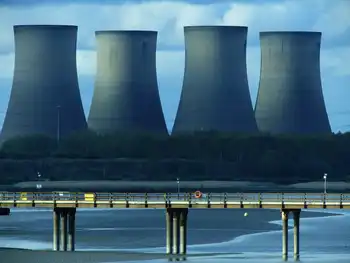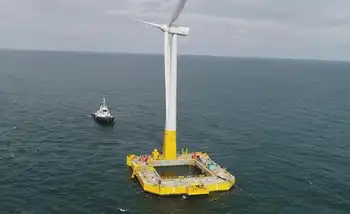IEA: Asia set to use half of world's electricity by 2025

BERLIN -
Asia will for the first time use half of the world’s electricity by 2025, even as Africa continues to consume far less than its share of the global population, according to a new forecast released Wednesday by the International Energy Agency.
Much of Asia’s electricity use will be in China, a nation of 1.4 billion people whose share of global consumption will rise from a quarter in 2015 to a third by the middle of this decade, the Paris-based body said.
“China will be consuming more electricity than the European Union, United States and India combined,” said Keisuke Sadamori, the IEA’s director of energy markets and security.
By contrast, Africa — home to almost a fifth of world’s nearly 8 billion inhabitants — will account for just 3% of global electricity consumption in 2025.
“This and the rapidly growing population mean there is still a massive need for increased electrification in Africa,” said Sadamori.
The IEA’s annual report predicts that nuclear power and renewables such as wind and solar will account for much of the growth in global electricity supply over the coming three years. This will prevent a significant rise in greenhouse gas emissions from the power sector, it said.
Scientists say sharp cuts in all sources of emissions are needed as soon as possible to keep average global temperatures from rising 1.5 degrees Celsius (2.7 Fahrenheit) above pre-industrial levels. That target, laid down in the 2015 Paris climate accord, appears increasingly doubtful as temperatures have already increased by more than 1.1 C since the reference period.
One hope for meeting the goal is a wholesale shift away from fossil fuels such as coal, gas and oil toward low-carbon sources of energy. But while some regions are reducing their use of coal and gas for electricity production, in others consumption is increasing, the IEA said.
The 134-page also report warned that electricity demand and supply are becoming increasingly weather dependent, a problem it urged policymakers to address.
“In addition to drought in Europe, there were heat waves in India (last year),” said Sadamori. “Similarly, central and eastern China were hit by heatwaves and drought. The United States also saw severe winter storms in December, and all those events put massive strain on the power systems of these regions.”
“As the clean energy transition gathers pace, the impact of weather events on electricity demand will intensify due to the increased electrification of heating, while the share of weather-dependent renewables will continue to grow in the generation mix,” the IEA said. “In such a world, increasing the flexibility of power systems while ensuring security of supply and resilience of networks will be crucial.”
Related News

Romania enhances safety at Cernavoda, IAEA reports
BUCHAREST - The International Atomic Energy Agency (IAEA) said yesterday that the operator of Romania’s Cernavoda nuclear power plant had demonstrated "strengthened operational safety" by addressing the findings of an initial IAEA review in 2016. The Operational Safety Review Team (OSART) concluded a five-day follow-up mission on 8 March to the Cernavoda plant, which is on the Danube-Black Sea Canal, about 160 km from Bucharest.
The plant's two 706 MWe CANDU pressurised heavy water reactors came online in 1996 and 2007, respectively.
The OSART team was led by Fuming Jiang, a senior nuclear safety officer at the IAEA.
"We saw improvements in key…





